Harvest Moon Supermoon lunar eclipse delights skywatchers worldwide (photos)
The rare supermoon lunar eclipse put on quite the show last night and we've got the photos to prove it.
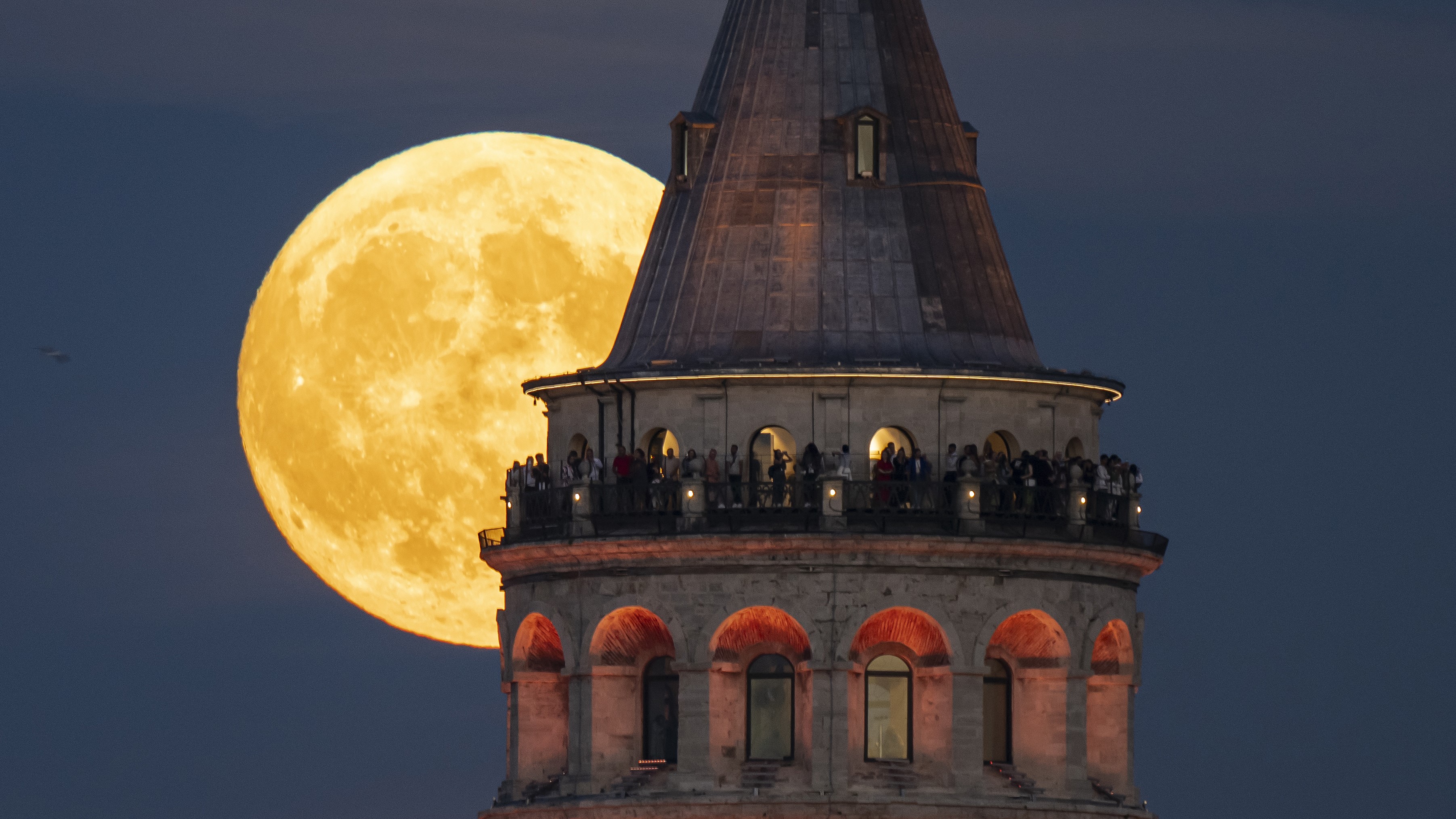
Last night the Harvest Moon Supermoon lunar eclipse put on a spectacular show for people worldwide with at least some portion of the lunar eclipse visible to over 50% of the world's population.
The partial lunar eclipse reached its darkest phase, when the moon is most obscured by the Earth's darkest shadow — the umbra — at approximately 10:44 p.m. EDT on Sept. 17 (0244 GMT on Sept. 18.)
We'll have to wait until March 13-14, 2025 for the next lunar eclipse which will be a dramatic total lunar eclipse. During a total lunar eclipse, the entire lunar disk will turn hazy red as it plunges into Earth's shadow. This eerie color change is why a total lunar eclipse is also known as a Blood Moon. The full phase of the lunar eclipse will be visible across the U.S., with at least some portion of the eclipse visible across Europe, Asia, Australia, South America and much of Africa, according to Timeanddate.
But until then, let's sit back, relax and enjoy the celestial show that our lunar neighbor put on for us last night. Both the lunar eclipse and full moon resulted in some simply stunning photographs.
Josh Dagenais sent us a great photograph of a partial lunar eclipse and a fleeting visitor from Hanover Park Illinois, U.S.
"I staked out from about 9:10 to 10:10 local time. Was waiting for the right shot, I didn't quite get what I was looking for, but I did get a cameo from a bat," Dagenais told Space.com in an email.
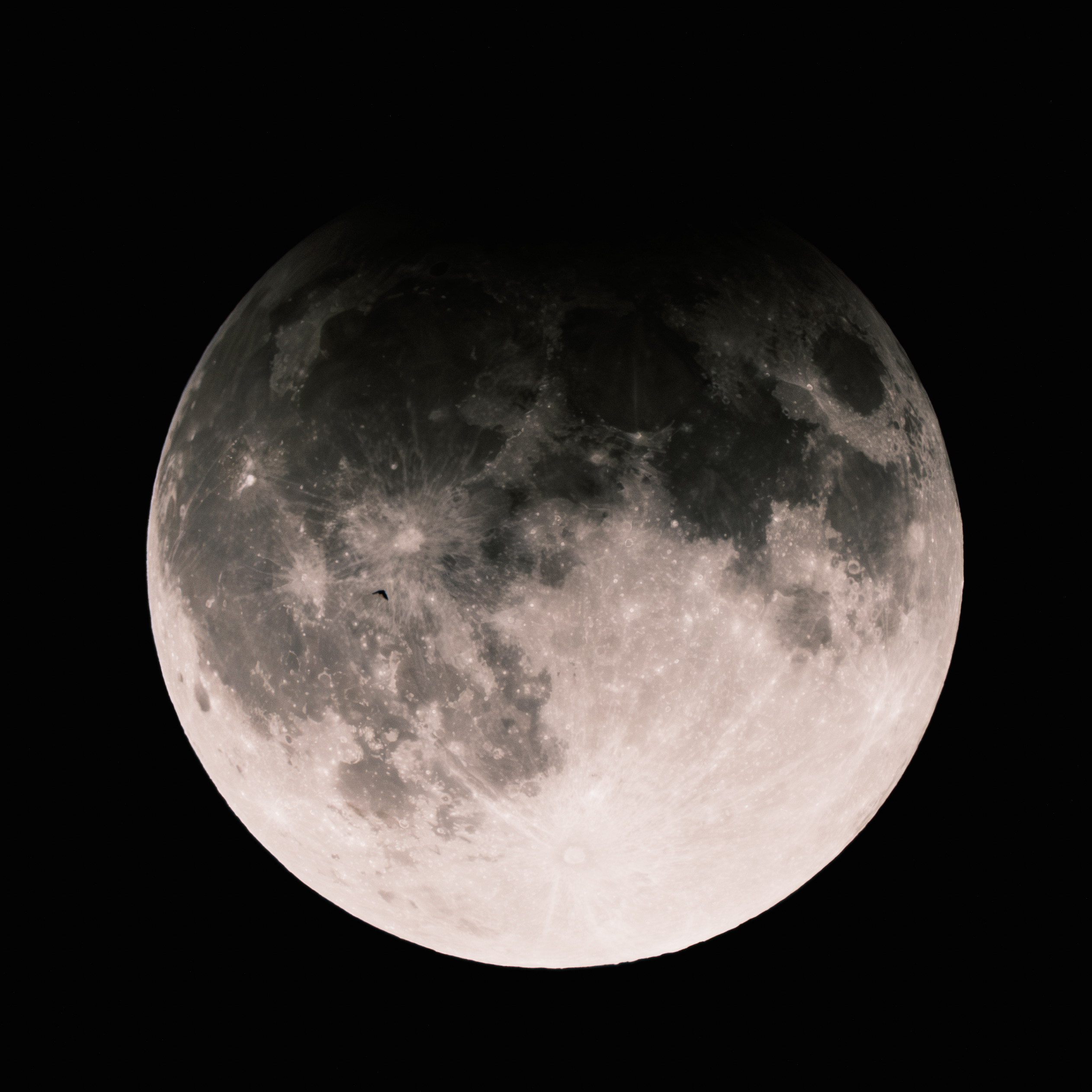
"Spooky season has now been rung in," Dagenais added.
Get the Space.com Newsletter
Breaking space news, the latest updates on rocket launches, skywatching events and more!

Photographer Josh Dury was incredibly fortunate to capture the entire sequence of the partial lunar eclipse from beginning to end. The composite image was captured from Dury's viewpoint from the Mendip Hills, Somerset, U.K.
"I was talking with a few people this morning and there was cloud within a 5-mile radius! So luckily, from the Mendip hills the skies just managed to hold out until the umbral shadow made its way across the surface of the moon," Dury told Space.com in an email.
"It really is wonderful, to bear witness to the celestial mechanics of the solar system and be fortunate to capture this documentary composite from beginning to end," Dury continued.
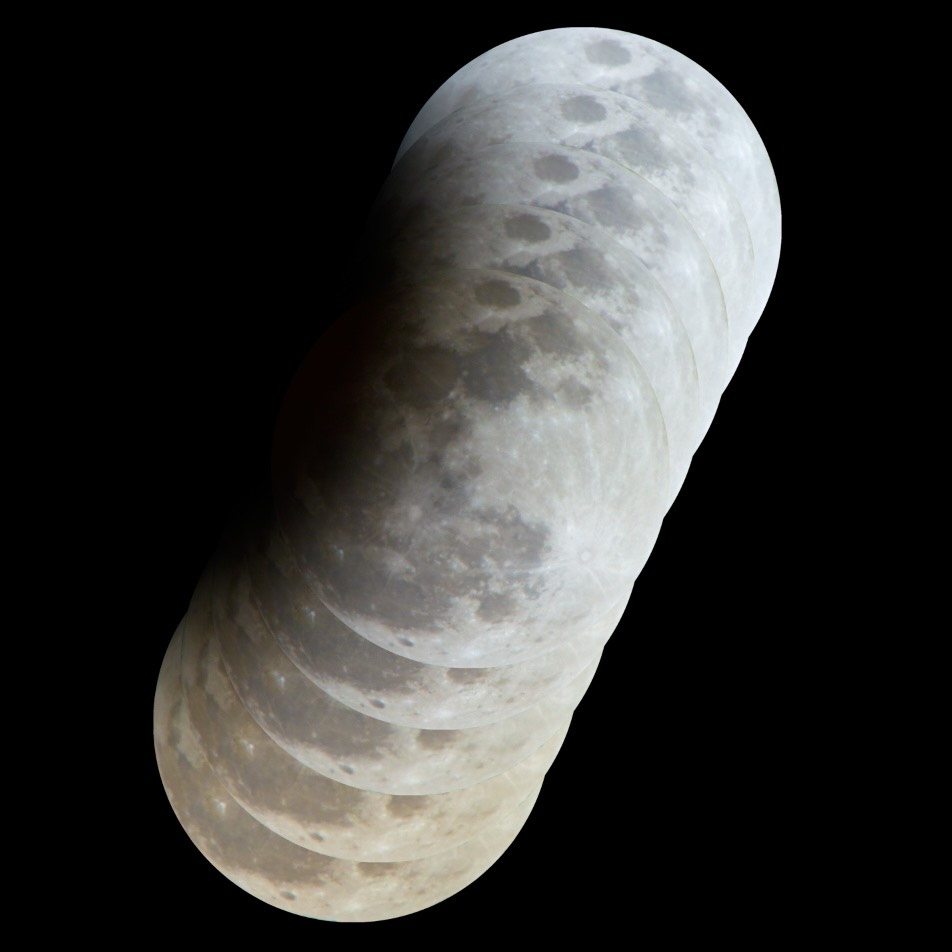
Photographer Allen Berman (Instagram @allenberman) timed this photo perfectly to capture stunning plane transit across the partial lunar eclipse in the skies over Malibu, California, U.S.
"The moon was in the flight path of LAX so there was a chance of capturing a transit. But, I had to sort through over 3,000 images to find it!" Berman told Space.com in an email.
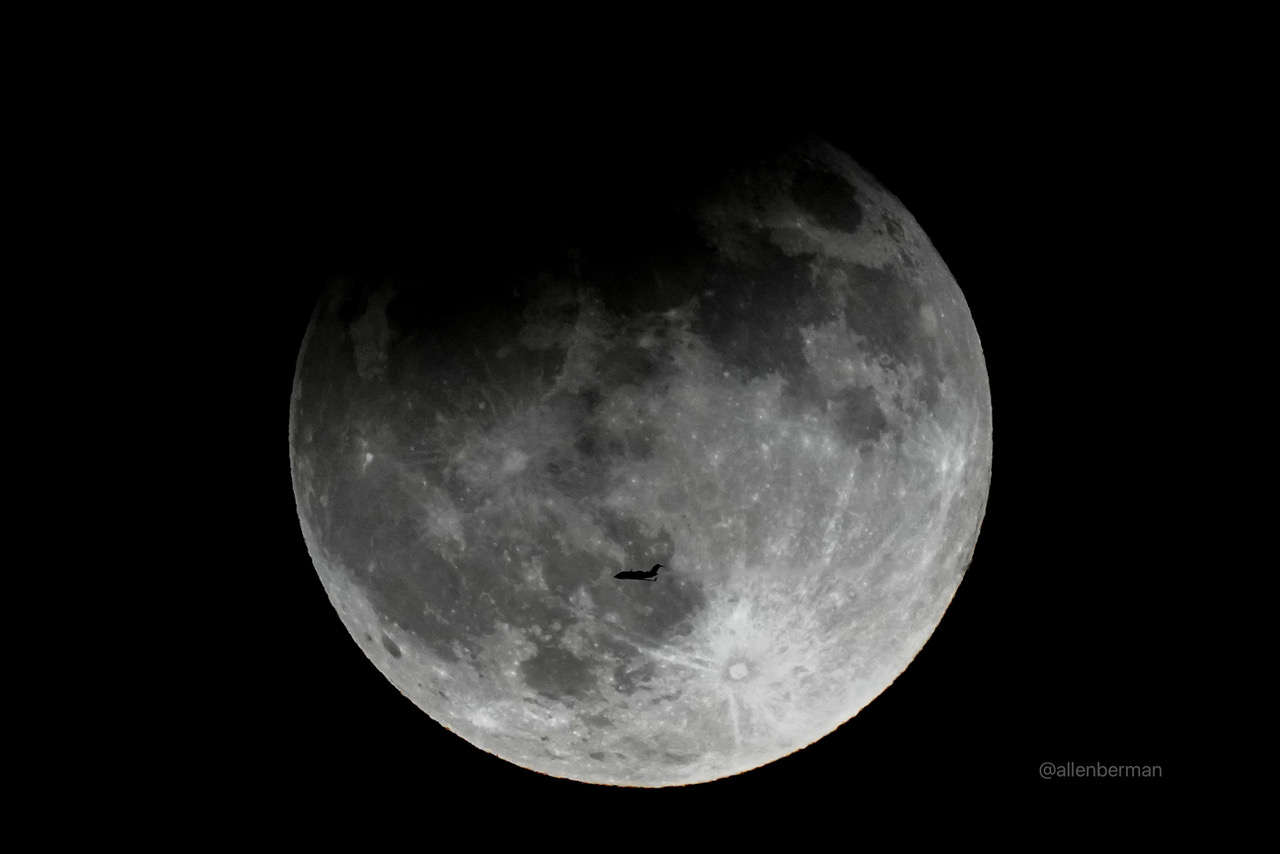
Photographer Austin Bond sent us this stunning image of the partial lunar eclipse from Murrells Inlet, South Carolina, U.S.
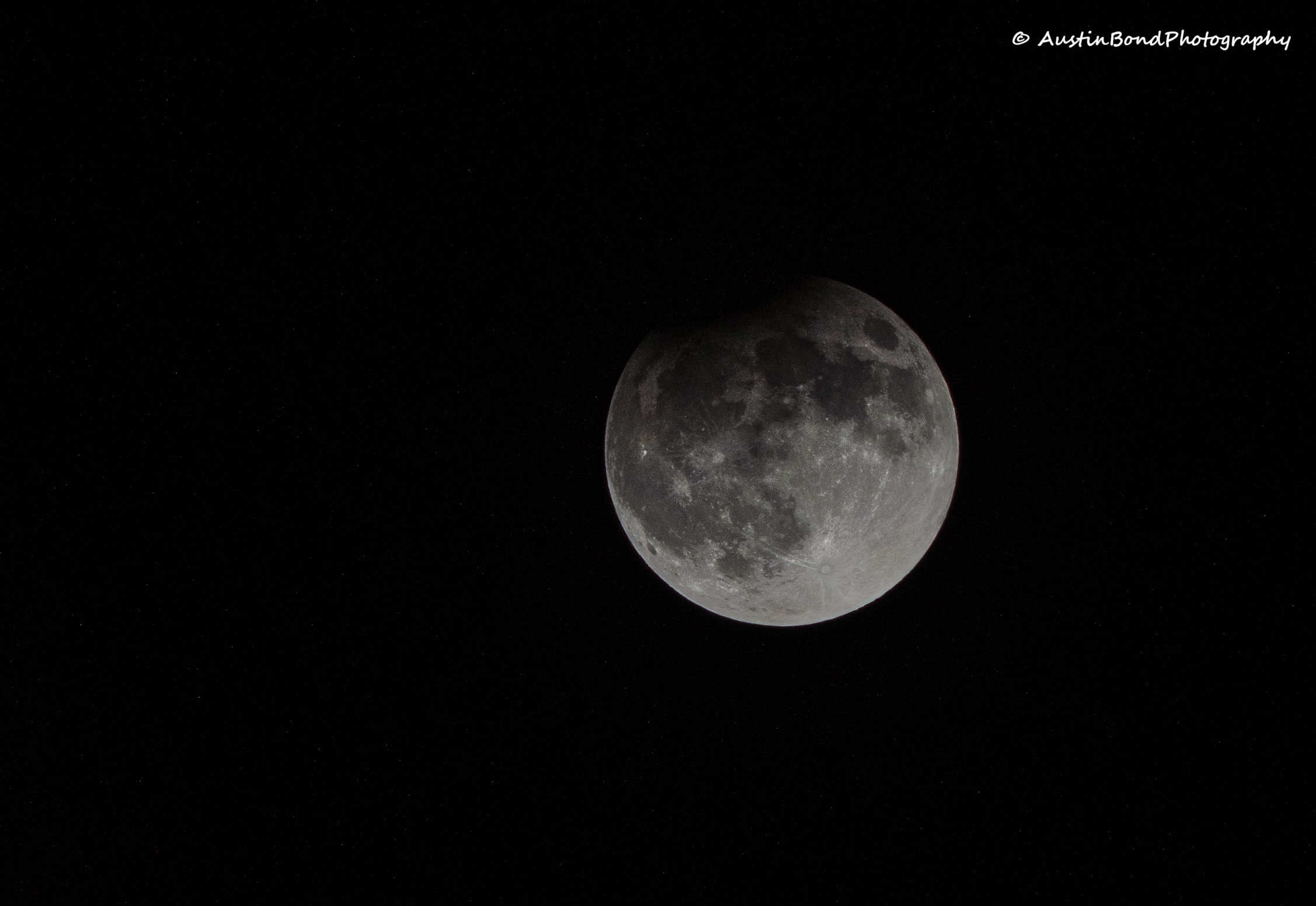
Earth's shadow descends upon the lunar surface in this lovely close up view of the moon from Turkey. Photographer Isa Terli took this photograph on Sept. 18, 2024 when the partial lunar eclipse was in full swing.

Another photographer in Turkey captured a rather moody scene playing out above Anitkabir, the mausoleum of the Turkish Republic's Founder Mustafa Kemal Ataturk in Ankara.
Mehmet Futsi captured the partly cloudy sky shrouding the full moon in a thin layer of clouds as the partial lunar eclipse unfolded.
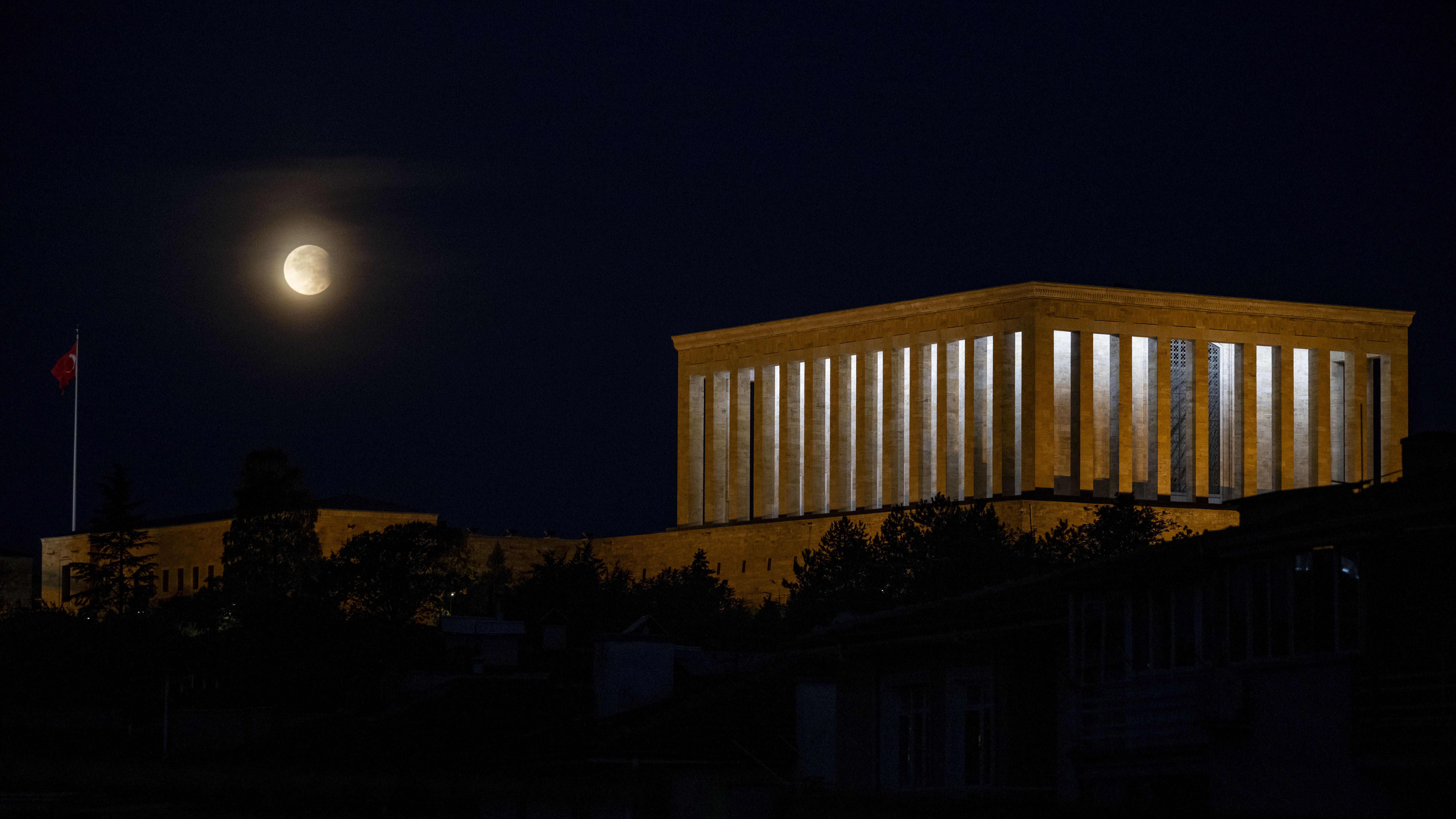
For those unable to capture the lunar eclipse, the full moon supermoon still made for a spectacular skywatching target.
In China, many gathered for the Mid-Autumn Festival on Sept. 17. The festival is celebrated annually and is also known as the Moon or Mooncake Festival, according to the BBC. It is the second biggest event in the Chinese calendar after the Lunar New Year.
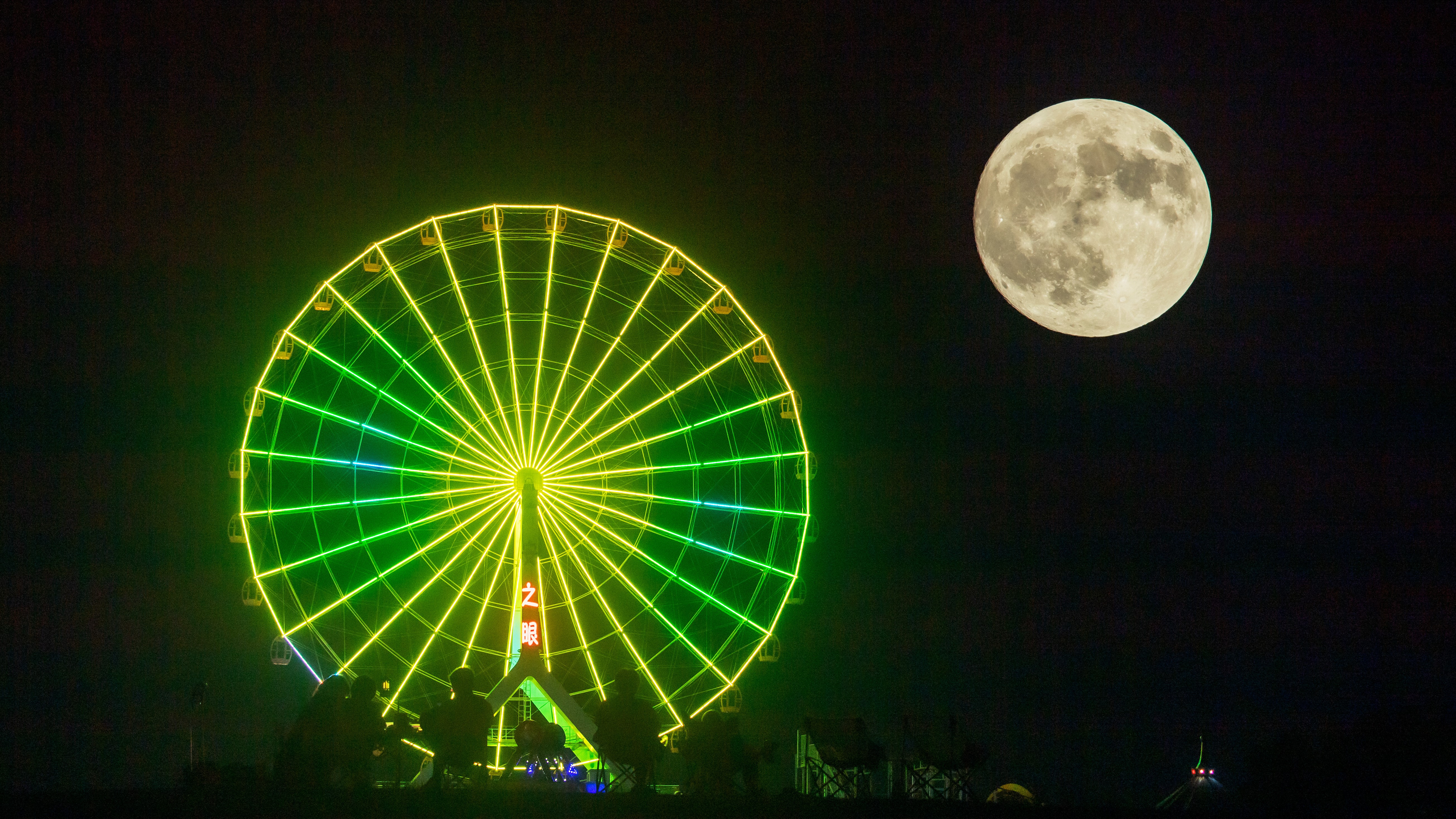
During the Mid-Autumn Festival, people give thanks for the Autumn harvest and celebrate the full moon.
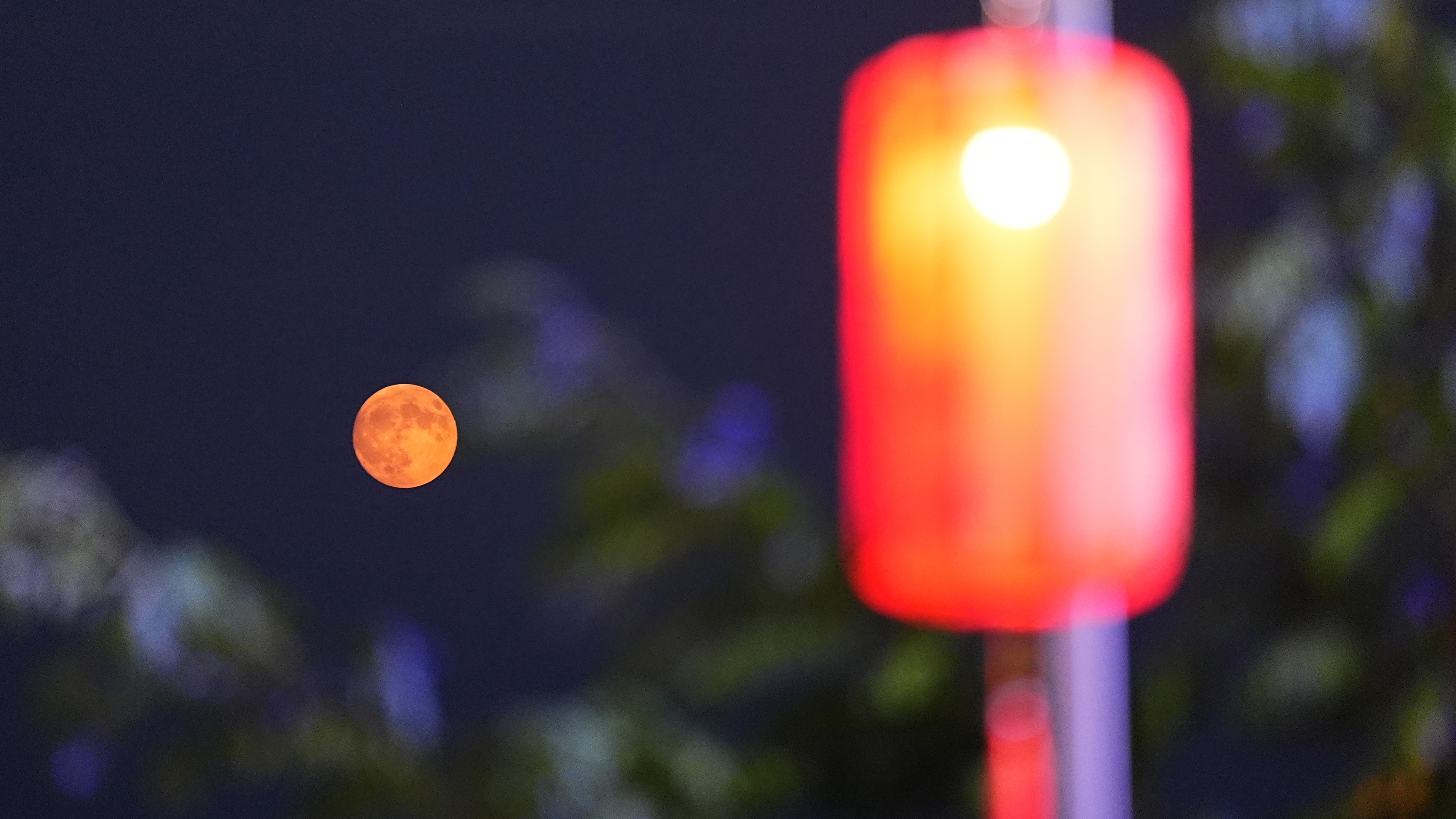
The Harvest Moon lives up to its name in this image below from photographer Ross Harried. The photograph shows the Harvest Moon Supermoon rising over a soybean harvest at Malkow Farms in Monroe, Wisconsin.
The term Harvest Moon is commonly used to describe a full moon closest to the Autumnal equinox, depending on the year it can fall in either September or October.
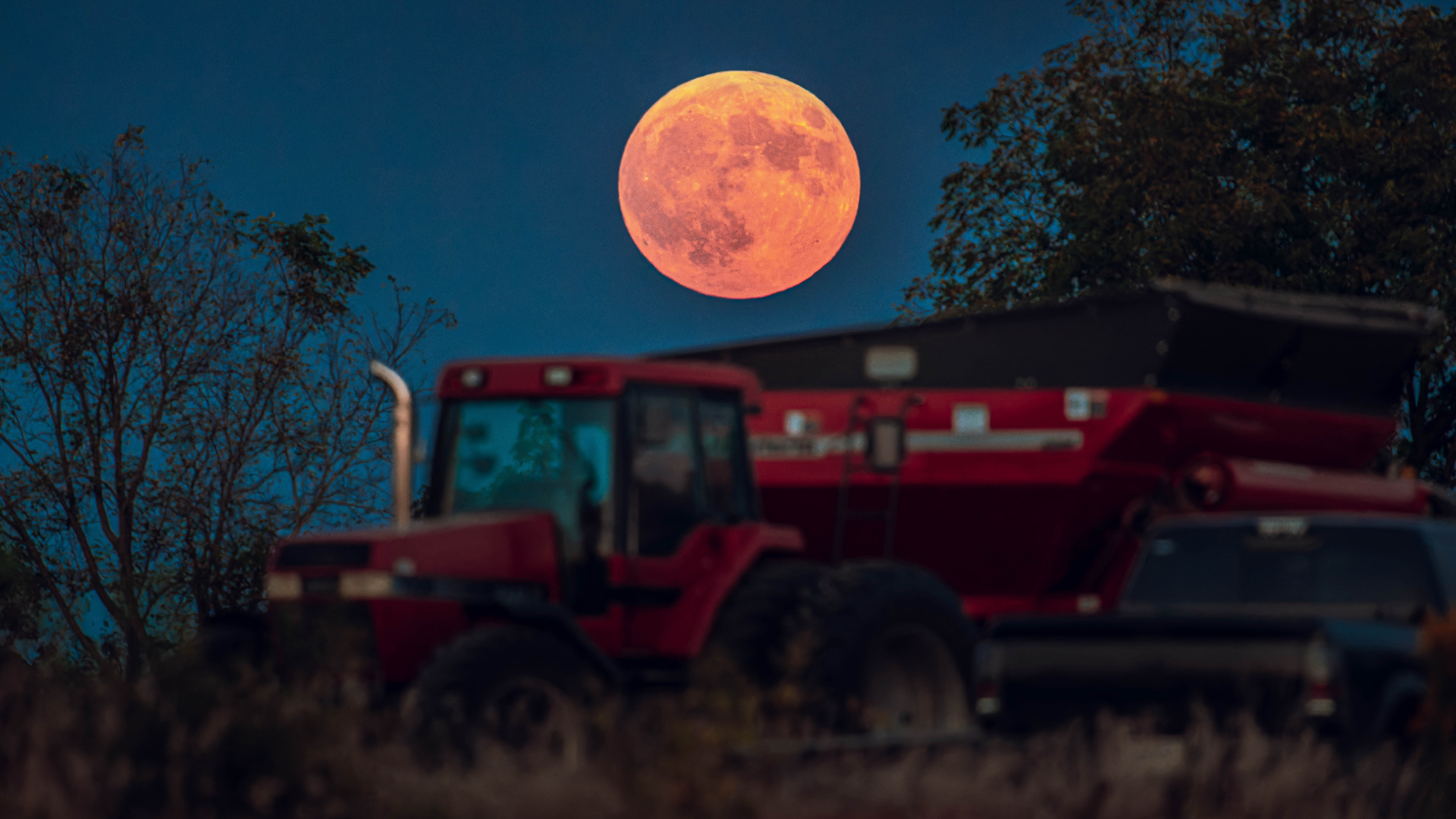
Space.com's very own Josh Dinner headed out to photograph the full moon last night and despite the clouds, captured some lovely shots.
"The clouds were low on the horizon, leaving some uncertainty if we'd see the moon rise or not," Dinner said.
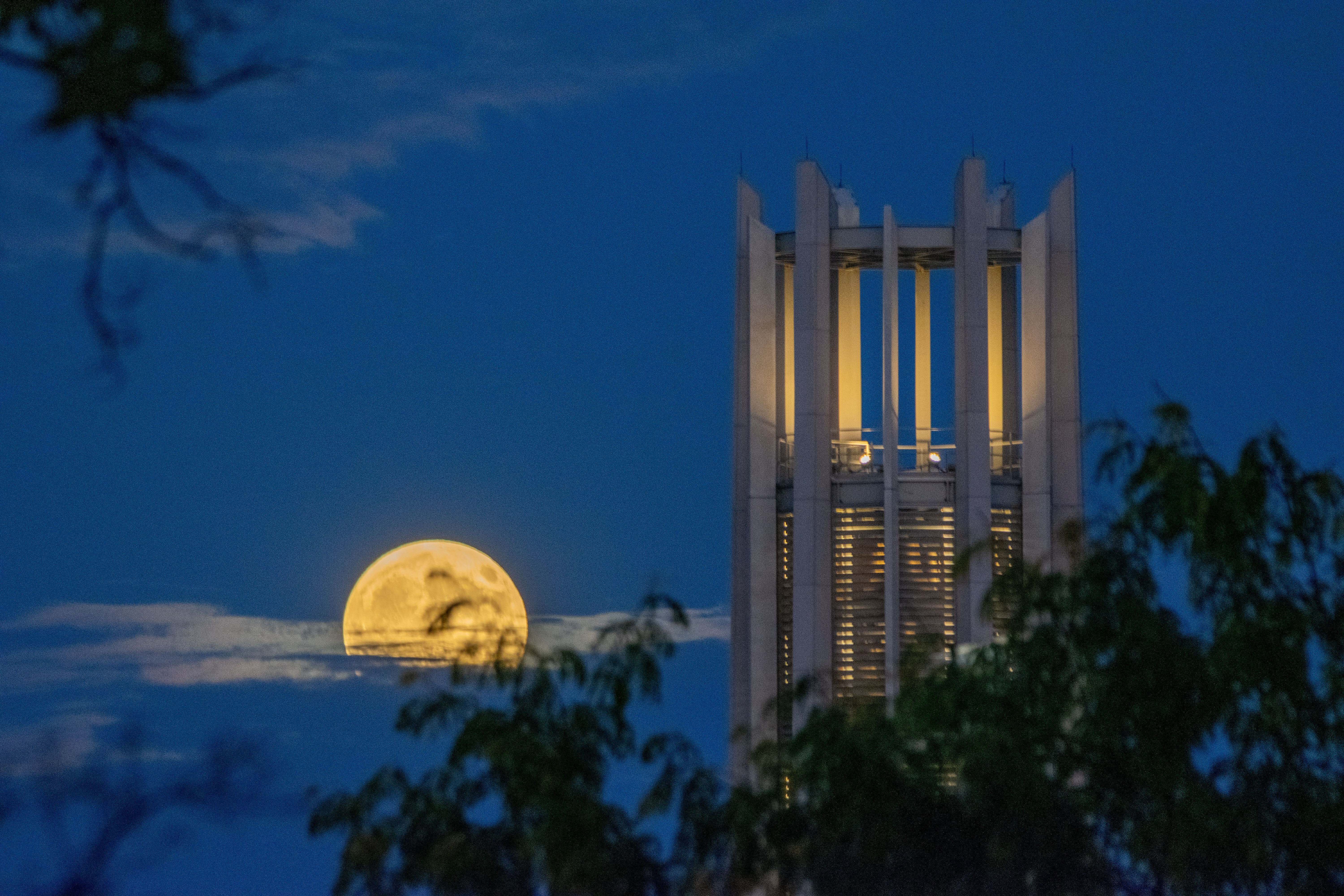
"It was only visible for about 20 minutes before tucking behind more clouds, and wasn't visible again until later in the evening, as the clouds managed to part to allow the bright moonlight to light up the crisp Indiana evening." Dinner continued.
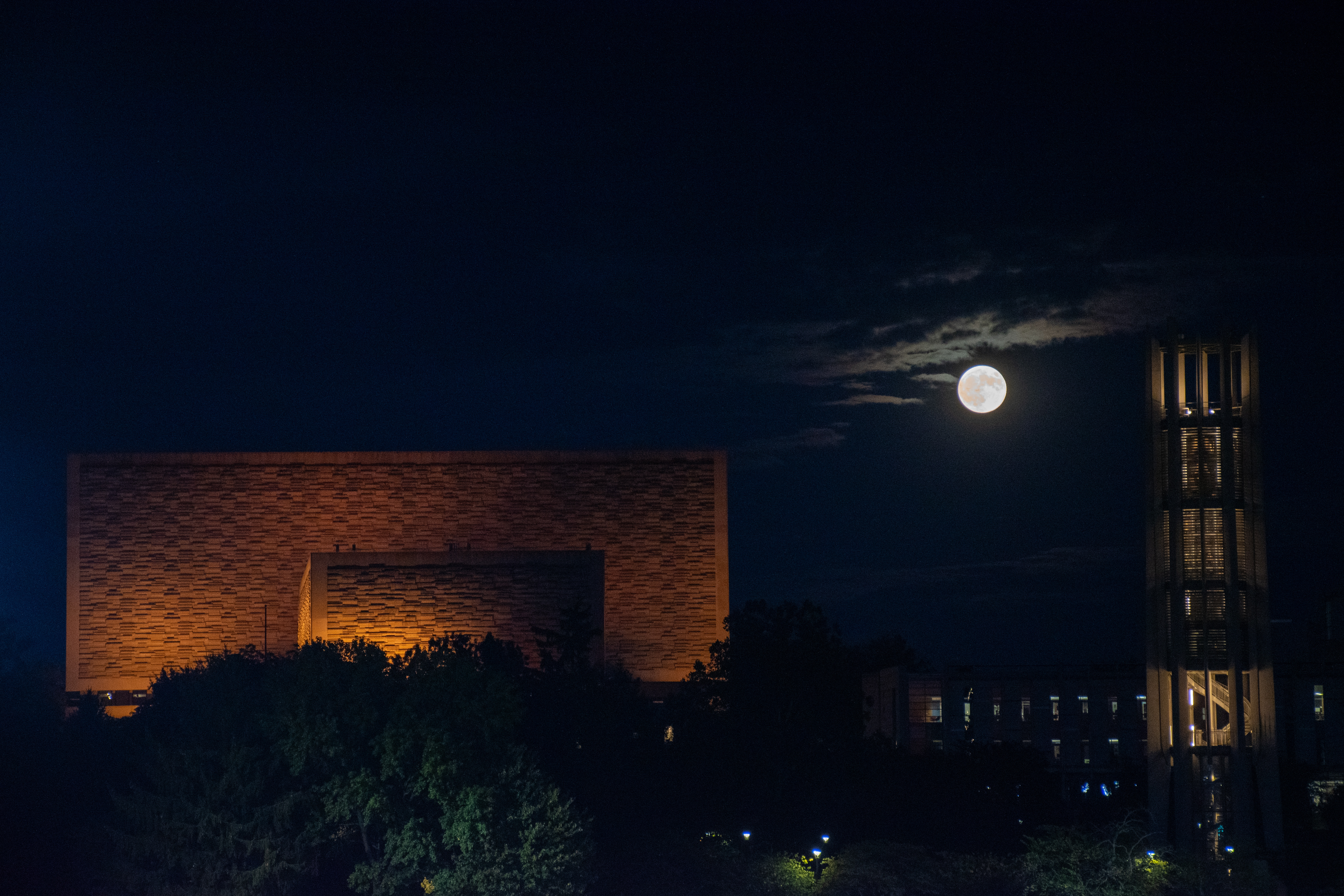
Photographer Robbie Pesiwarissa sent us this stunning photo of the Harvest Moon shining near the Sydney Opera House, in Sydney, Australia.
"It was beautiful clear weather, you can see clearly the terrain on the Harvest Supermoon as it rises above silhouettes of trees above the suburb of Vaucluse at 6 pm [local time]," Pesiwarissa told Space.com in an email.
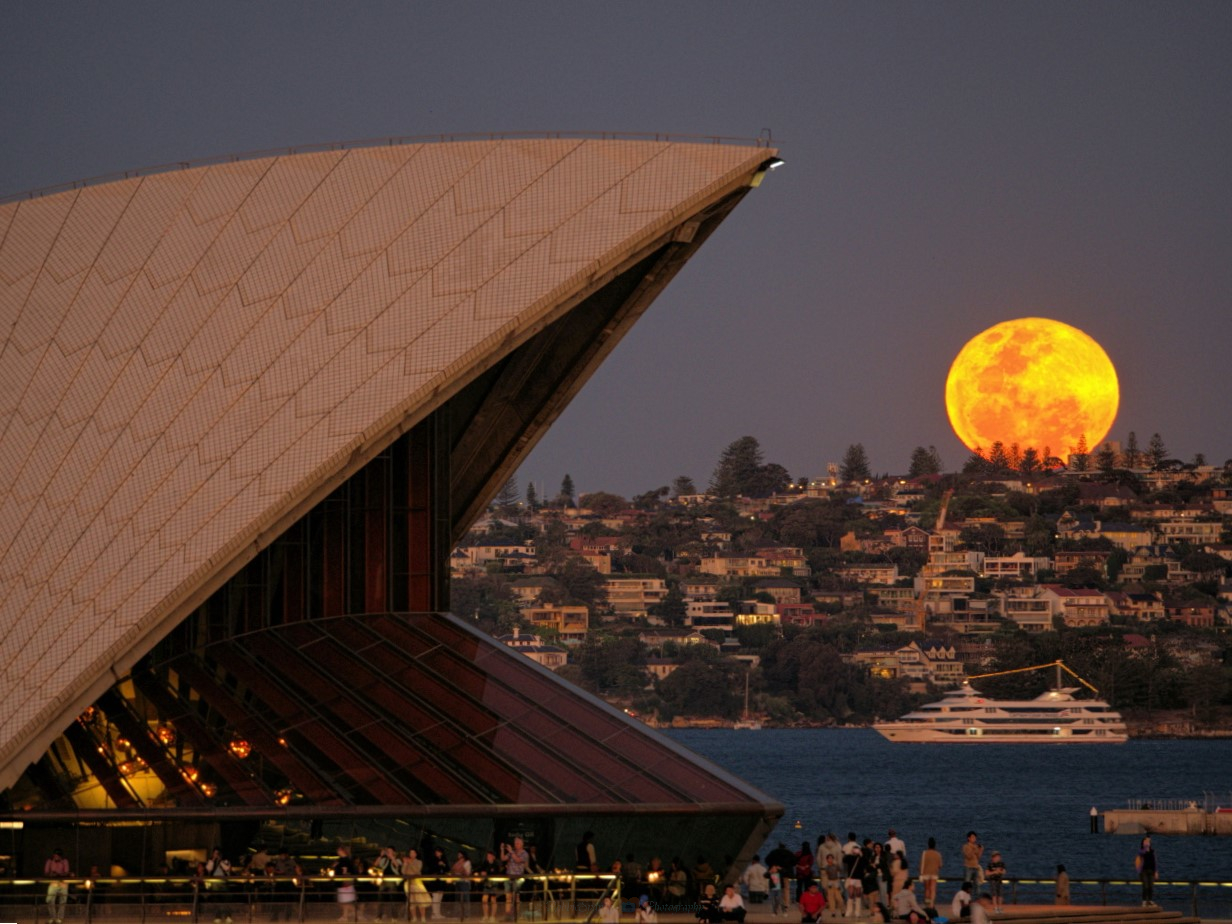
Photographer Rodger Bosch captured this beautiful image of the full moon rising over Kalk Bay Harbour, near Cape Town, South Africa.
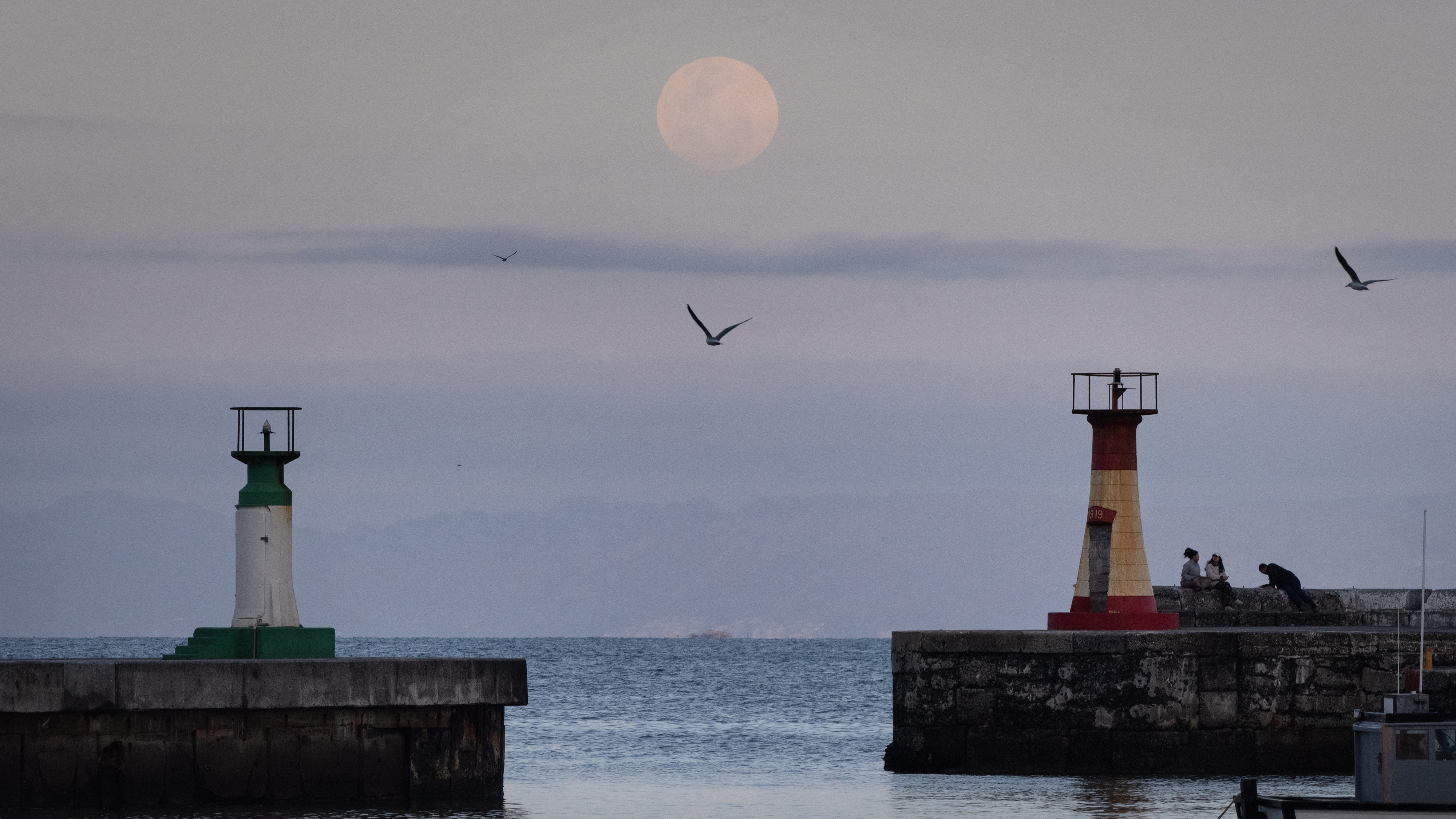
The bright lights of the Big Apple were no match for the full Harvest Moon in this dramatic photo captured by Gary Hershorn.
Here the fully illuminated Harvest Moon rises behind the iconic Empire State Building in New York City.
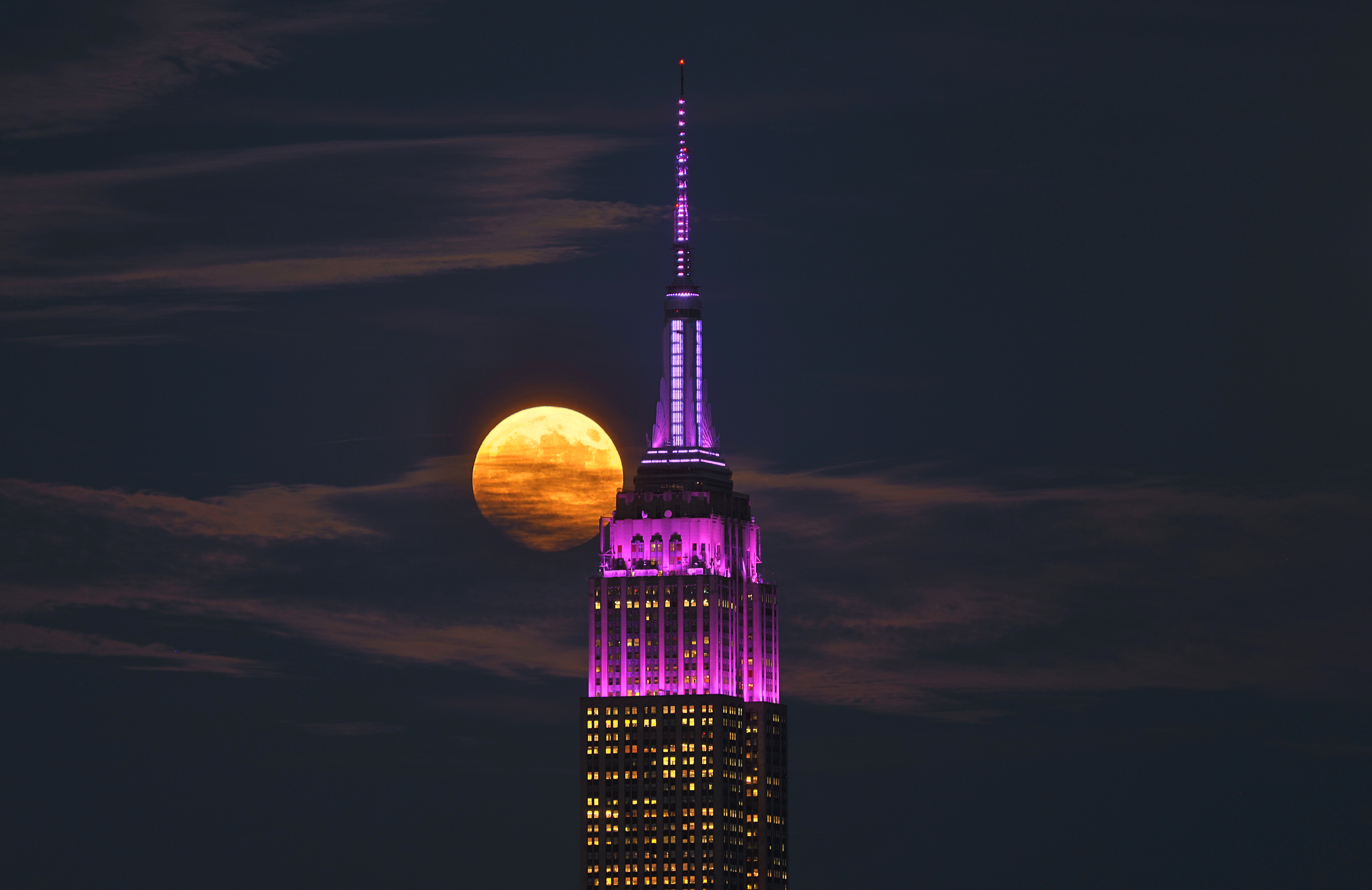
In the photo below, people enjoy the view of the full moon from the Galata Tower in Istanbul, Turkey. Photographer Isa Terli captured this beautiful image on Sept. 17, 2024.
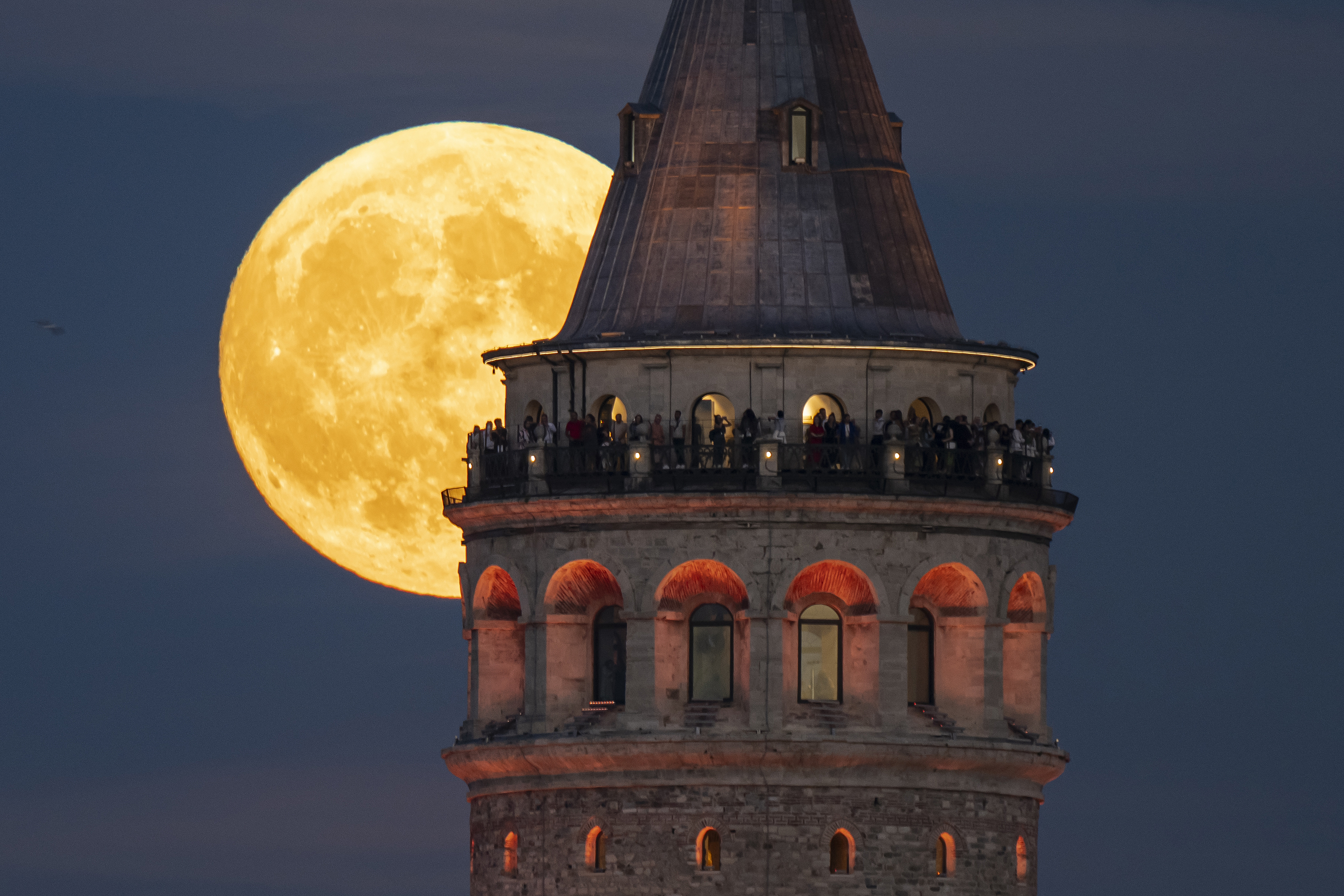
In the image below, late-night thrill seekers made the most of September's supermoon by catching some waves under its iconic glow. Photographer Saeed Khan captured this brilliant photo at Manly Beach, Syndey, Australia on Sept. 18.
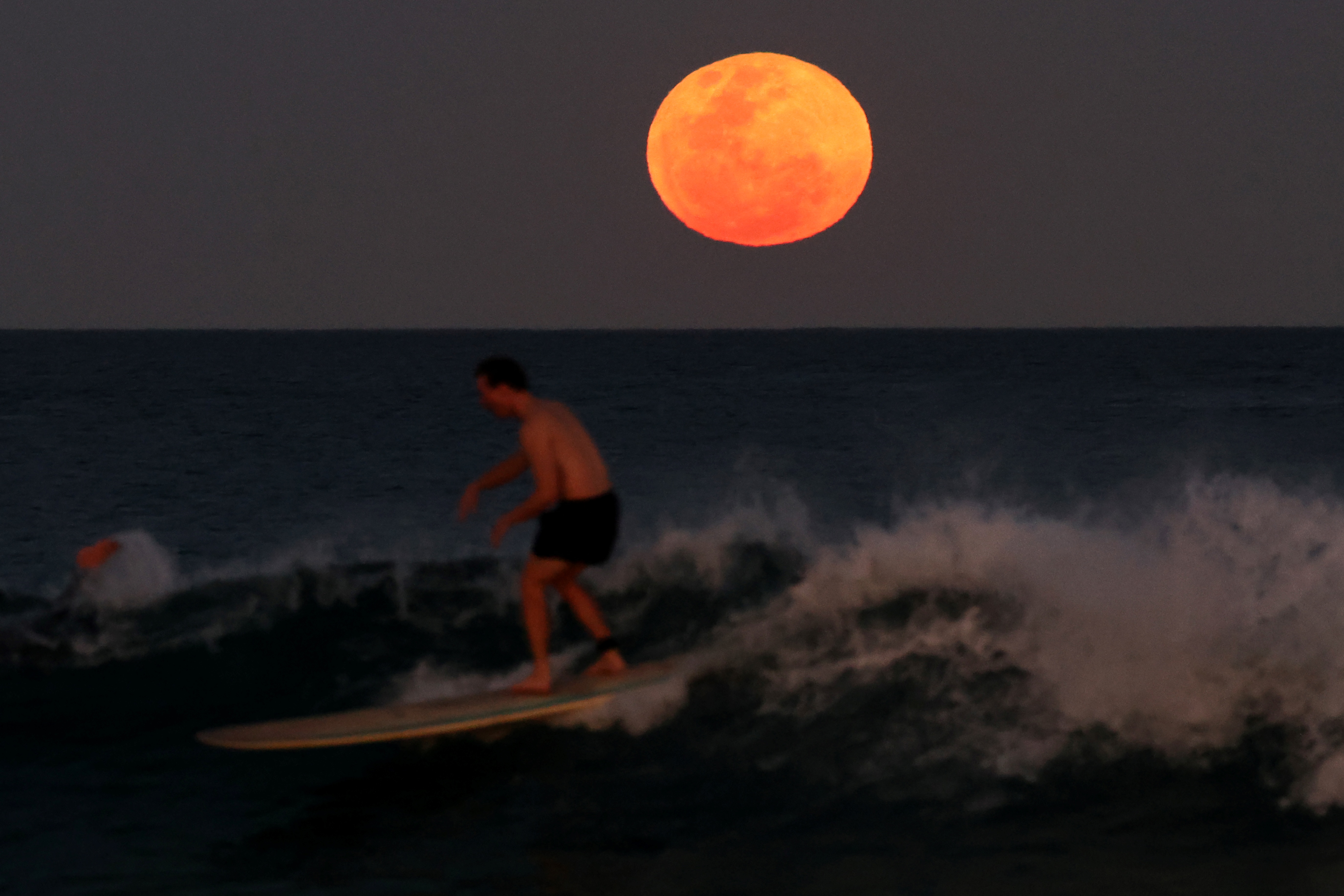
Below, the full moon supermoon rises over the Scituate Lighthouse, Scituate, Massachusetts, U.S. Photographer Joseph Prezioso captured the scene unfold on Sept. 17.
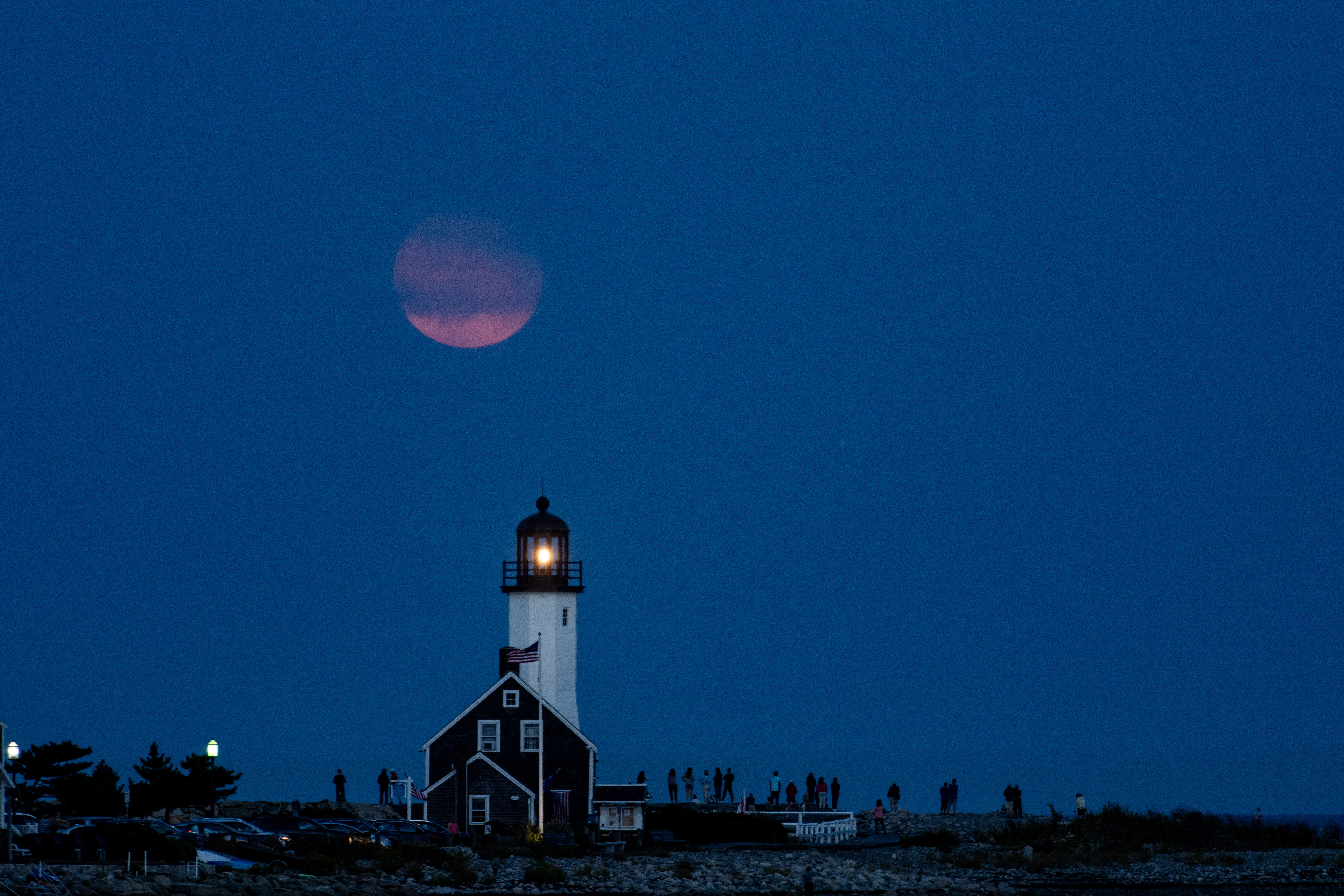
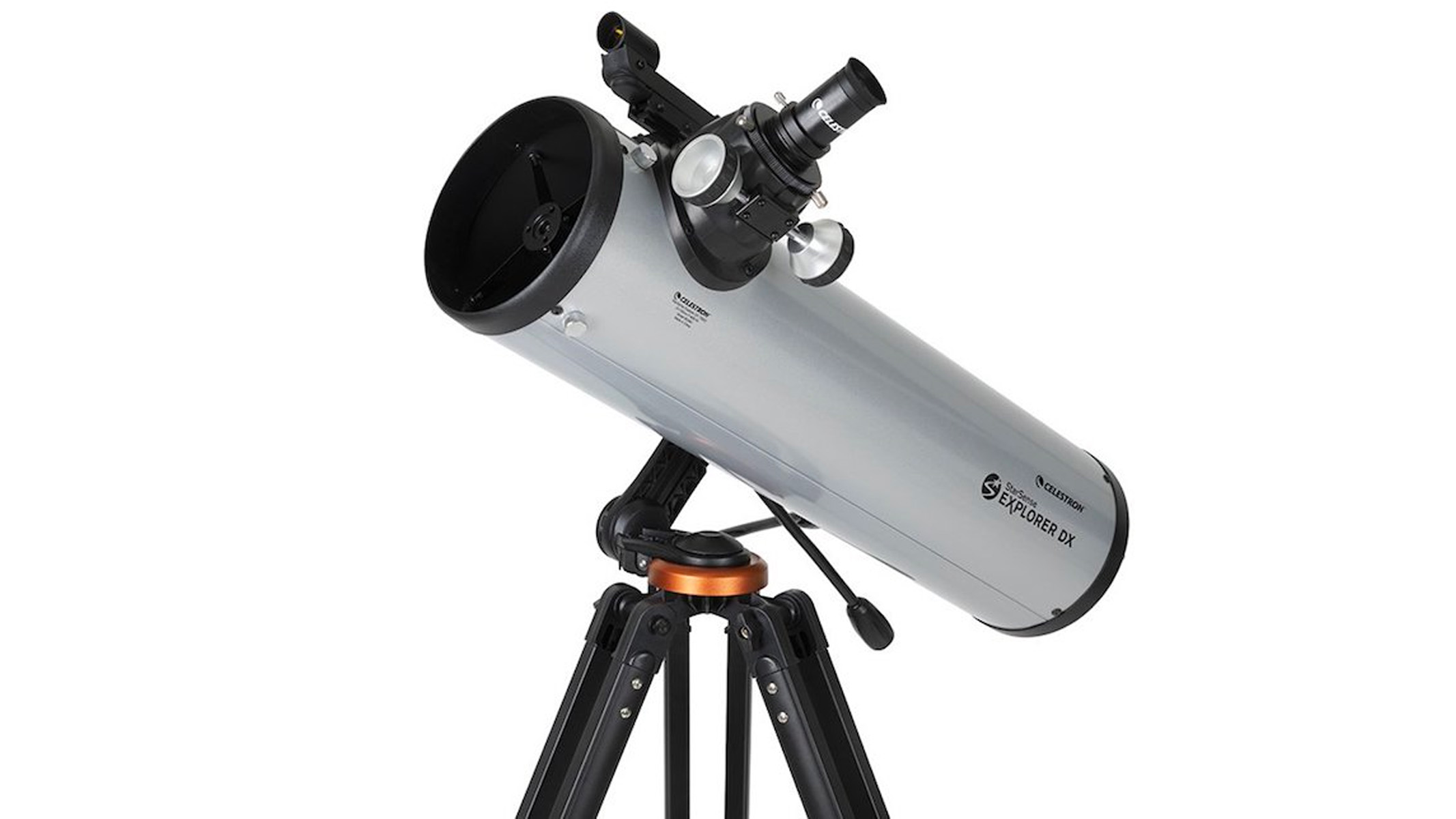
Want to see lunar eclipses up close? We recommend the Celestron StarSense Explorer DX 130AZ as the best for basic astrophotography in our best beginner's telescope guide.
If you want to photograph the moon or want to prepare your gear for the total lunar eclipse in 2025, check out our best cameras for astrophotography and best lenses for astrophotography. Read our guides on how to photograph a lunar eclipse, as well as how to photograph the moon with a camera for some helpful tips to plan out your lunar photo session.
Has all this lunar eclipse action whipped you up into some sort of eclipse frenzy? Then you'll be pleased to know that you don't have to wait too long for the next eclipse event as you can see the last solar eclipse of 2024 on Oct. 2. Details on how and where to see this iconic 'ring of fire' annular solar eclipse can be found in our annular solar eclipse 2024 guide and solar eclipse live blog.
Join our Space Forums to keep talking space on the latest missions, night sky and more! And if you have a news tip, correction or comment, let us know at: community@space.com.

Daisy Dobrijevic joined Space.com in February 2022 having previously worked for our sister publication All About Space magazine as a staff writer. Before joining us, Daisy completed an editorial internship with the BBC Sky at Night Magazine and worked at the National Space Centre in Leicester, U.K., where she enjoyed communicating space science to the public. In 2021, Daisy completed a PhD in plant physiology and also holds a Master's in Environmental Science, she is currently based in Nottingham, U.K. Daisy is passionate about all things space, with a penchant for solar activity and space weather. She has a strong interest in astrotourism and loves nothing more than a good northern lights chase!
